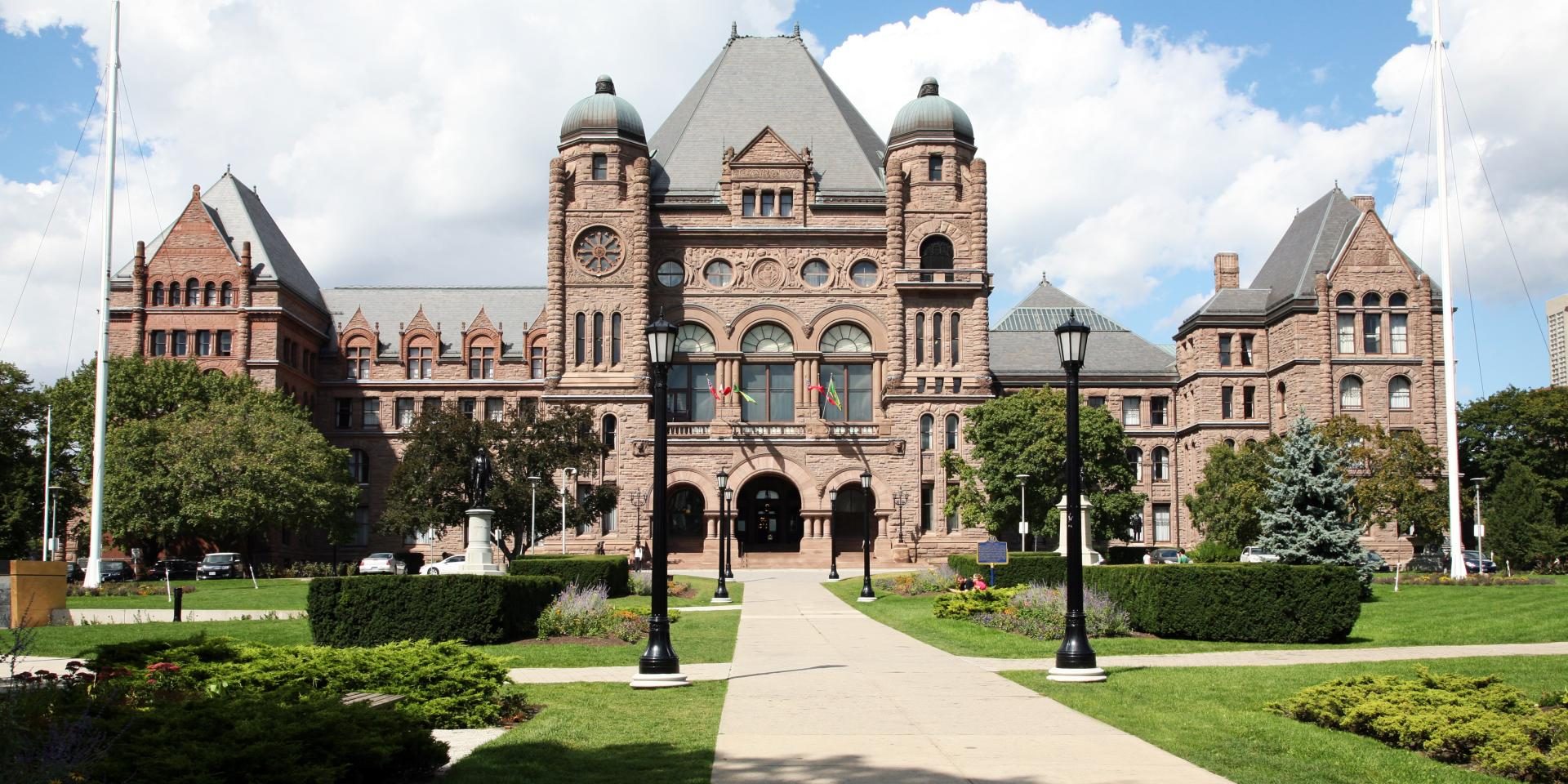
Jennifer Wallner is an associate professor with the School of Political Studies at the University of Ottawa and holds the Jean-Luc Pépin Research Chair in Canadian Politics. She works on federalism and public policy, with interests that stretch from social policy and fiscal relations, to political identities and governance arrangements.
Another Ontario election has come and gone. And less than half the population noticed.
In 2022, a sparse 4,701,959 people voted. With only 44.06% of eligible voters turning out, that election set the record for the lowest voter turnout ever in the province. This election, one where the province and Canada face real threats with devastating consequences from our closest ally, fared little better. Essentially, Ontarians issued a collective ‘meh’.
The last time more than 50% of eligible voters in Ontario showed up to the polls was almost 20 years ago. In 2007, 52.8% took time out of their day to influence who sets the direction for the province. Hardly a robust demonstration of political engagement.
In a province of 15.6 million people, low voter turnout means that only 30% of the total population are determining who gains authority over the reins of government.
Many provinces took to the polls in 2024. In British Columbia, 59.4% of the population cast their ballot, up by almost five percentage points. In Saskatchewan, 56.77% showed up to perform their democratic duty – this in a province that has not seen the government change political hands for almost 20 years. When given their opportunity to have a say, over 66% of New Brunswickers logged their choice. Of these recent elections, only Nova Scotia had results like those of Ontario, where turnout dropped by 10 percentage points coming in at 45.19%.
Across the others, more than 50% of voters consistently participate in this critical expression of democracy.
Ontario is an outlier.
Are Ontarians just non-voters? The answer is no.
When asked to vote in federal elections, Ontarians come out. Reported by Statistics Canada, in 2021, 75% expressed their choice to influence who gains office in Ottawa. This was not a rogue occurrence. In 2019, it was 77%, in 2015, 76%, and 2011, 70% took part in the federal election. Ontarians therefore vote in federal elections and at comparable rates with citizens in other provinces.
It seems Ontarians do not appreciate the power of their provincial government.
In almost all areas of consequence for our day-to-day lives, provinces are the most important. Provinces control the lion’s share of social policy – from housing to health care, education to long-term care. Provinces have authority over the labour market, making decisions about Employment Insurance, Workers Compensation, Disability Insurance, and setting the rules about how goods and services flow across provincial borders. Wondering why Canada’s internal market is so weakly integrated? It’s provinces and not the federal government who are largely to blame.
Unlike all other federations, provinces have jurisdiction over natural resources. Electrical energy, forestry, in addition to the exploration, development, conservation and management of non-renewable resources all fall under provincial authority. Provinces also have the exclusive right to tax renewable and non-renewable resources. Provinces exercise considerable control over environmental policy, influencing our capacity to develop resilient infrastructure in the face of a changing climate.
Provinces control cities, as local governments do not have constitutional status. Provinces can off-load responsibilities to cities without any concomitant increase in their fiscal capacities. This is precisely what happened in Ontario when Premier Harris downloaded the responsibility for housing to the municipal level in 1998. Wondering why housing is so unaffordable in Ontario? Don’t blame the recent rise in population, international students, or inflation – the roots of this ‘crisis’ trace back almost 30 years to a decision unilaterally made by the provincial government.
Provinces also have direct access to a wide range of taxes. According to University of Ottawa economist Professor Jean-Francois Tremblay, they collect 38.3% of income taxes, 65.7% of consumption taxes, 15% of property tax, and 35.7% of social contributions. The federal government garners 100% of revenues in a single area: taxes on international trade. Overall, provinces control 39.8% of total tax revenue in Canada. As reported by the Organisation for Economic Cooperation and Development, among participating countries, Canada is the most fiscally decentralized. Swiss cantons are second, controlling 25.6% of tax revenues, and US states only have autonomy over 19% of total tax revenues.
Provinces are powerful entities and exert consequential authority in Canada. Ontarians need stop ignoring the importance of their provincial government and start participating in the politics of this region.







